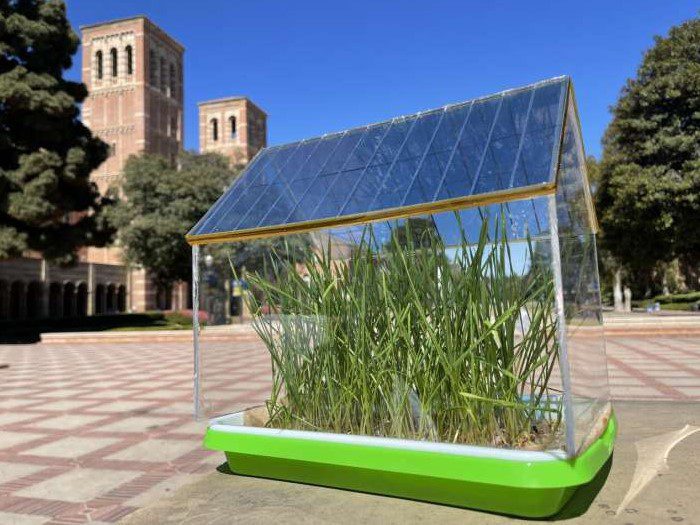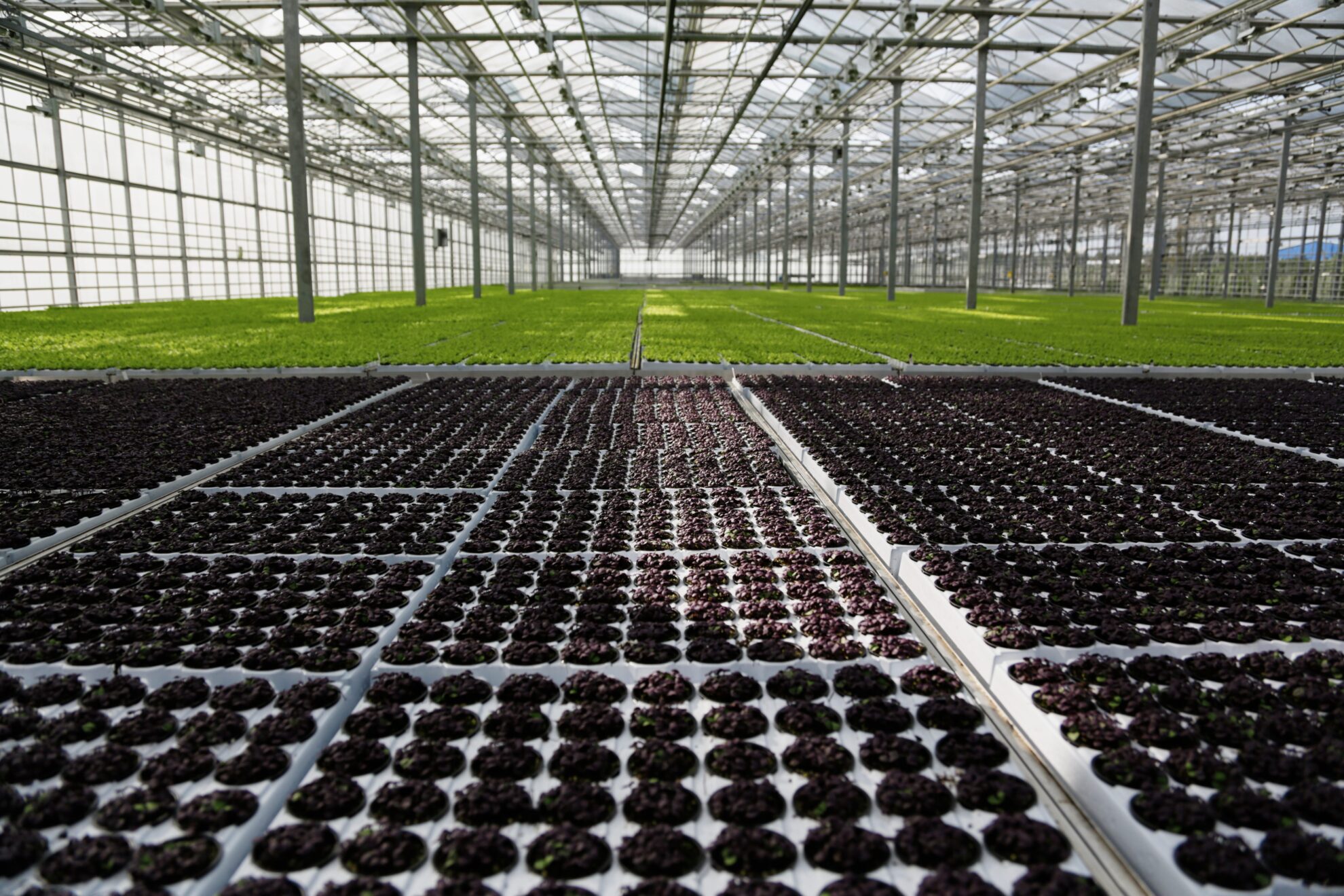Table of Contents
The Future of Sustainable Energy: Solar-Powered Greenhouses
As the global demand for renewable energy escalates, solar panels have become one of the most prominent solutions for sustainable power generation. However, traditional solar panel installations face a significant limitation: they require extensive land, often sparking competition with agricultural uses.
This land-use conflict has fueled interest in agrivoltaics, an innovative field that combines agriculture and solar energy production on the same plot of land. By leveraging this synergy, agrivoltaics addresses both food and energy security in a sustainable manner.
The concept of agrivoltaics envisions a harmonious coexistence where crops and solar panels share the same space. For instance, replacing traditional greenhouse glass with solar panels could revolutionize farming.
Solar panels would not only provide energy for greenhouse operations—such as lighting, irrigation, and temperature control—but could also power surrounding infrastructure, reducing dependency on external energy sources. However, a critical challenge lies in optimizing these systems to ensure solar panels efficiently harvest energy without depriving crops of essential sunlight.
Solar Panels as Greenhouse Roofs: A Revolutionary Idea
Imagine replacing the glass roofs of greenhouses with solar panels. These panels could power the greenhouse’s operations, such as lighting and irrigation systems, and potentially provide energy for the entire farm.

But this solution has a caveat: while solar panels absorb sunlight to generate electricity, plants rely on sunlight to grow. Scientists are now working to design solar panels that balance energy generation with sufficient light transmission for crops.
Yang Yang’s Breakthrough in Agrivoltaics
Yang Yang, a renowned materials scientist from UCLA, and his research team have made remarkable progress in the field of agrivoltaics by developing an innovative method to enhance semi-transparent organic solar cells.
Unlike traditional solar cells made from inorganic materials, these organic cells are carbon-based, making them lighter, more flexible, and better suited for applications in agrivoltaics. Their semi-transparent nature allows partial sunlight to pass through, addressing the dual requirements of energy generation and plant growth in greenhouses.
One of the team’s key breakthroughs involved adding a layer of L-glutathione, a naturally occurring antioxidant, to the solar cells. This strategic addition dramatically improved the cells’ overall efficiency and durability while maintaining sufficient light transmission for plants beneath them. Organic solar cells are generally prone to degradation because prolonged sunlight exposure leads to oxidation, causing the cells to lose electrons and efficiency.
However, the L-glutathione layer effectively shielded the solar cells from oxidative damage, enabling them to retain over 80% efficiency even after 1,000 hours of continuous operation. This marks a significant improvement compared to untreated cells, which typically drop to below 20% efficiency under similar conditions.
Yang and his team’s solution offers a promising path toward making agrivoltaics both practical and sustainable. By combining advanced materials science with renewable energy goals, their work highlights how innovative technology can address some of the most pressing challenges in energy and food production. This pioneering development paves the way for more efficient and eco-friendly farming practices, making it a game-changer in the pursuit of sustainable solutions.
A Game-Changer for Renewable Energy and Agriculture
The advancements by Yang and his team mark a critical step forward in making agrivoltaics a viable and sustainable energy solution. By addressing the dual needs of energy production and agricultural productivity, these innovative solar-powered roofs could redefine how we harness renewable energy while supporting global food security.







